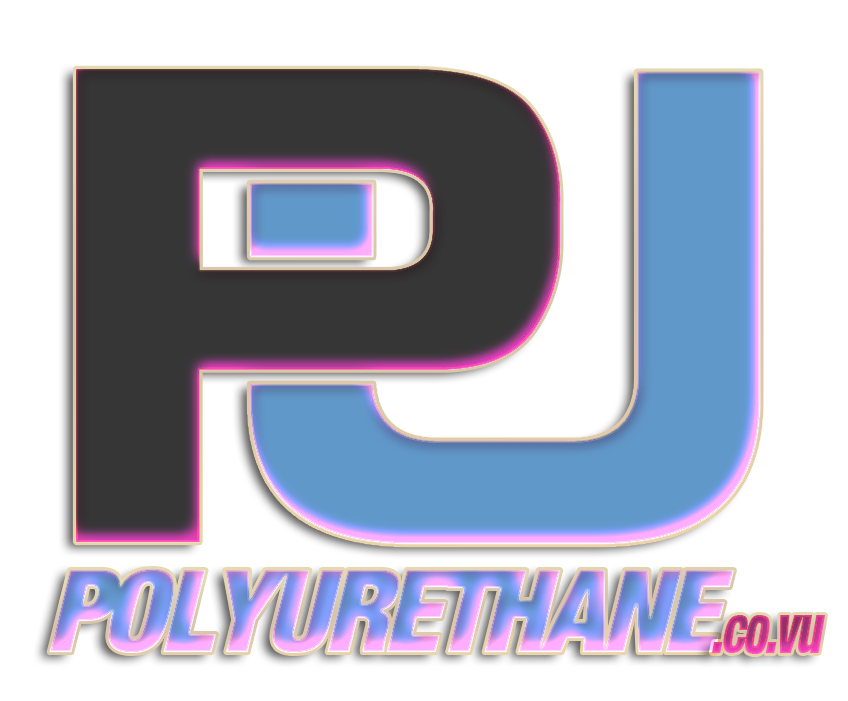If you pay heed and get the details right, you'll be one of those who can apply a great finish on wood, and do it each and every time. It all comes down to a trick called "buffing."
Why Is Polyurethane Finish Buffing So Efficient?
Buffing wood is the best-kept mystery of the wood finishing world. What amazes me is how few woodworkers know of it, considering how often people have difficulty creating a wood finish they can triumph. Buffing can create a glass-smooth finish, even after polyurethane has been applied not-too-well with nothing more than a brush in an ordinary home workshop. Buffing is particularly valuable for dealing with waterbased urethane's dirty side – the brush strokes, the bubbles, and the less-than-smooth results many people struggle with. The dirty little secret of the wood finishing world is that waterbased waterbased urethane is significantly more difficult to apply than its oil-based ancestor. Buffing does make it easy to get superb results on wood finished with polyurethane. That's what you'll learn about here. Buffing works beautifully, even if you've applied a finish that's not too smooth to begin with.
Most people who attempt to apply a polyurethane finish wood eventually resign themselves to sub-standard results, all for lack of one tiny piece of information. But a rough, ho-hum wood finishing outcome isn't certain when you understand how to do power buffing. It works flawlessly on all flat wooden surfaces, using the ubiquitous random orbit sander power tool. I'm not talking about using this sander for sanding, but rather for buffing a finish that you've already implemented.
How To Buff Polyurethane Finishes
You can power-buff all kinds of finishes – wood, metal, and even car bodies. When you get to the bottom of this article, check out my video on how I used buffing techniques to eliminate scuffs and scratches on my vehicles. In this article, I'll show you how it applies here to polyurethane wood surfaces — either oil-based or waterbased. Buffing can transform an average wood surface into one that's smooth as glass and very inviting to the touch. And the work takes just a few minutes. Click the window above to watch an overview of the power buffing process.
Before you do anything else on an original project, read and understand all the steps below.
Polyurethane Finish Tip#1: Start With A Thick Coating
The primary thing to understand is the need, to begin with, a thick polyurethane finish film to assure that you don't buff right through bare wood. That's not to say you should apply each coat thickly. Four regular coats of urethane applied one over the other is a good starting point. Sand lightly with 240-grit sandpaper between coats, then let the last coat dry for at least 24 hours. This is standard practice with any wood finishing job and is nothing out of the ordinary. That said, sanding bare wood beforehand to create a smooth base is key.
Although buffing makes any urethane look and feels like glass, it might as well use a formulation that's as easy as possible to succeed with.
Tip 2: Level The Surface Of The Polyurethane
Video Feature
Have you ever contemplated using waterbased stains? These are different than waterbased urethane.
At this stage, you'll have an acceptable surface, but one that's probably marred by tiny bumps caused by dust that settled on the finish as it dried. This is why leveling is the pre-buffing step required next. Start with one of the old pieces of the 240-grit sandpaper you used to sand between coats earlier, then wrap it around a block of Styrofoam and rub the wood surface lightly in the same direction as the grain. It only takes a few strokes to remove the dust bumps, so don't overdo it. Also, be sure to avoid fresh sandpaper for this job because it cuts too aggressively. You don't want to go right through the finish to bare wood. Like I said, use a piece of old 240-grit sandpaper left over from the sanding you did between coats of urethane.
After just a few strokes, you'll find that the surface feels noticeably softer right after de-bumping, though the sheen will be irregular to the eye. It won't be very interesting where the sandpaper did most of its work and shinier where it did less. This is normal. As long as the surface feels perfectly smooth, it's time to move on to the next step.
Tip 3: Power Buffing The Levelled Surface
Now comes the fun. It's time to power buff. Grab your random orbit sander tool and a piece of superfine 3M rubbing paper. This is a thick, non-woven, synthetic abrasive material accessible at woodworking outlets and better hardware stores. It comes in different abrasive ratings, and the superfine type is what you need (it's usually white in color). Cut a 6-inch x 6-inch piece, place it on your project, then put your sander on top.
Turn on the power.
As the oscillations and rotations of the tool are transmitted to the pad and the wood, it buffs the surface, removing tiny imperfections while leveling out the sheen beautifully. Work over the whole area evenly and slowly in a grid pattern. A bright light reflecting off the surface at a shallow angle is the best way to highlight areas that need more further work. The more you polish, the shinier the results.
You won't be able to get a sander into every nook and cranny, and that's why you should prefinish parts as often as possible before assembly.
You can also extend the reach of the buffing treatment using the rubbing pad by hand. You'll find that the process also works on curved surfaces and trim if you use #0000 steel wool. This ultra-fine abrasive is excellent for buffing, but there's a danger. Even though it's metal, fine steel wool can catch fire and burn quickly. Store it in a tightly-sealed metal can for safety. Finish up with a coat of paste wax, also buffed out under power, and you'll have the smoothest possible finish that can be put on wood. You won't be able to resist running your fingers over it.
VIDEO TRANSCRIPT: One of the largest challenges of woodworking is finishing.
It's sometimes a lot easier to build a good project until you get to the finishing part, and that's where disappointment often sets in. This is especially true if you're working in a home shop and you're applying a polyurethane finish with a brush. I want to show you a technique here that will enable you to produce glass-smooth finishes without spray equipment, just using an ordinary brush and polyurethane finish. Now you need to start with a finish of adequate thickness, so that would be at least three layers of polyurethane, and preferably four. The problem at this stage is that your surface is probably going to have little bumps on it from dust bits that have settled out from the air. There may be some brush strokes too, and these are the things that would make the finish ugly. These are the things that I'm going to show you how to remove after the fact.
It all comes down to the right kind of abrasion. So what you want to begin with is a piece of fine sandpaper. This is 320 grit, and it's wrapped around a bit of foam. This could be Styrofoam. This is a little squishier than Styrofoam. You don't want to wrap it around a wooden block. You want something with a little bit of resilience, but you don't want to use the sandpaper by hand. This sample has four coats of waterbased urethane, and the first step involves knocking off the dust bumps. So, you're just drawing this back and forth across the surface.
You're not trying to extract significant amounts of polyurethane, to knock off those little high spots. You want to knock off the mountains, and you're going to know if you've done that adequately with your fingertips. A little bit of movement of this sanding block with paper on it will yield a much softer finish. You'll feel the difference instantly. It's going to be smooth, but it's not going to have an even sheen. Where more abrasion happened, it's going to be dull; and where less abrasion happened, it's going to be shinier.
Further refining the surface is what happens next, and that's where something like this comes in. This is a 3M rubbing pad, so it's non-woven. This is the light grit, and you want to use this, believe it or not, in conjunction with a random orbit sander with no abrasive disc on it. So, the sander causes the rubbing pad to move and polishes the surface. Now, if you want a matte polyurethane coating or something with just a little bit of gloss to it, then all you need to use is this fine pad. It'll smoothen things out and give you just the tiniest little bit of sheen. If you want something shinier, you will accompany this up with the superfine pad used in the same way.
This is what it looks like. It's really pretty simple. You can turn the speed of your sander down a little bit, at least at the beginning until you get the hang of it. I'll just switch on and start the buffing. Now this is a very flat sheen, so you're not going to see some reflections off of it, but it is extremely smooth. It just feels like a piece of glass, and it didn't start off that way. Now if you want it a little bit shinier, you can continue with the power buffing using this ultrafine pad. Now it feels about the same, but you can see some shinier reflections there. It can get even shinier if you buff more. You'd have quite a bit of control over the level of sheen that you can achieve.
Now not every woodworking situation is as nice and flat and open as this sample piece I'm showing you here now, but the same process can be used on any kind of shape or profile. You can start with the knocking off of the dust bumps, and the only difference is that you don't use the random orbit sander for buffing. You just do all the work by hand, and these are flexible enough that they can go around contours and along the edges of panels where they meet stiles and rails, so you can get this kind of result on any surface you might be dealing with.









0 Comments:
Post a Comment